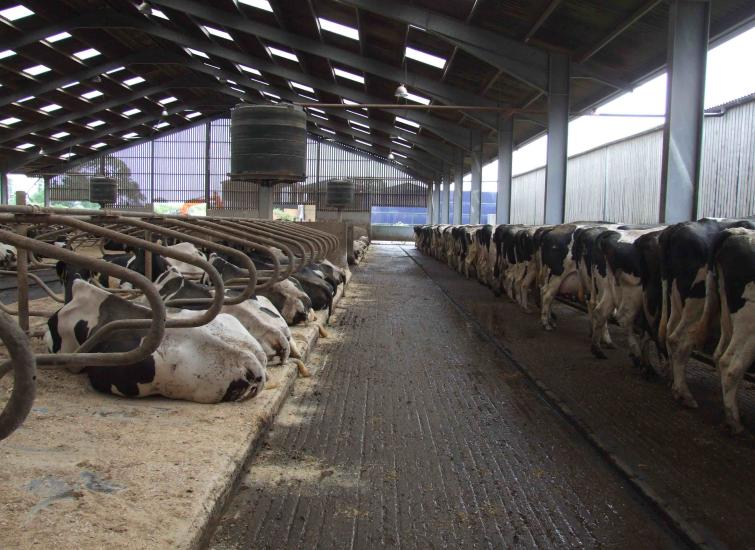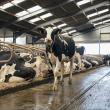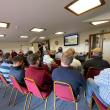Winter Housing - Ventilation Focus
As we move further towards winter and the cows are coming inside, it’s time to assess housing...

Monitoring the herd’s environment and ensuring cow comfort is a great way to increase productivity. Below, we focus on ventilation.
Ventilation
Ventilation in winter may not always be top of mind, it seems with the colder weather battening down the hatches may be the natural reflex – but that’s certainly the wrong thing to do, at least where cows are concerned! It’s hugely important that all the animals have access to a clean, fresh supply of air. This will ensure that any pathogens and harmful gasses, such as ammonia can be cleared out of the building to reduce air borne, respiratory diseases.
Correct building design is critical to ensure adequate ventilation. When designing a new shed, it’s important to consider the type of system, year round as well as the size and number of stock to be housed.
Where the ventilation in existing buildings is not good enough, they should be adapted by improving air inlets and outlets, or by using mechanical equipment.
Housing adaptations can usually be done with minimal budget but can have a massive impact on health and productivity.
Natural ventilation uses the heat from the cows housed inside the building to drive the ‘stack effect’. This is where warm air rises, leaves through the building ‘outlet’, creating a negative pressure, drawing fresh air back in through an inlet. Even in the winter, the heat produced by the cows should still be enough to drive this effect. Our team can carry out a number of observations and tests to see if natural ventilation is working for you.
Wind speed and minimising drafts
In the UK, wind speed is above 1m/sec for more than 95% of the time. This means there is sufficient generating force to provide the necessary air changes within a shed naturally. For the remaining time the building relies on the stack effect to replace foul air with fresh.
Maximising natural ventilation is the first step toward improving overall ventilation. Buildings will naturally ventilate best when they are sited at right angles to the prevailing wind direction.
Drafts can often be a problem for youngstock, so it’s important to minimise these but also ensure that there is plenty of fresh air to prevent diseases such as pneumonia. Creating a microclimate is often an easy quick fix solution in the calf rearing shed.
Moisture Management
It’s not only the cold that can cause issues, rain can cause additional moisture and damp in the air – a perfect breeding ground for pathogens. A cow’s immune system will be suppressed in colder weather. Not only that, the additional moisture can decrease temperatures in the shed and on very cold days, the cows will be using energy to keep warm, rather than using it to produce milk. Where moisture is the issue make sure you manage the following:-
- Ensure pens have adequate drainage
- Avoid soaking floors when cleaning feed areas
- Repair leaks on down pipes and water troughs
Our Ruminant Specialists have worked with a number of farms to adapt their housing to maximise cow comfort and improve productivity. If you’d like to find out more information or arrange a farm visit to assess your ventilation, please just give us a call on 015242 63139.
〈 BACK














